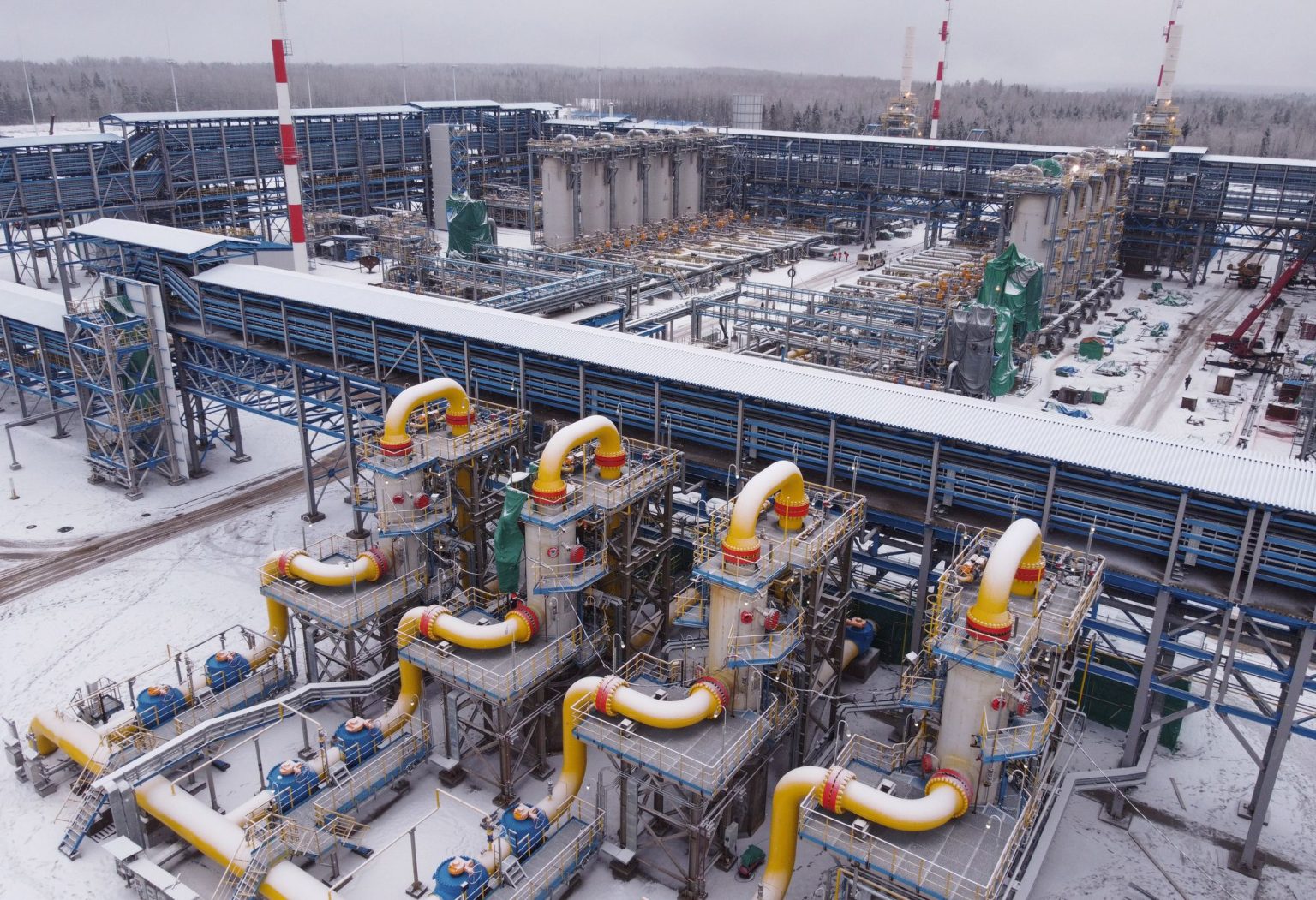Russia is expected to export natural gas to China at prices up to 28% below those for European clients until at least 2027, as reported by Bloomberg. Gazprom, Russia’s state-owned energy company, experienced a 25% decline in gas production in 2023, citing politically motivated decisions in some countries to avoid importing Russian gas. Gazprom views China as a future growth market and anticipates a decrease in demand from Europe by the end of the decade. The Russian Economy Ministry’s outlook suggests that gas exports to China will be priced at $257 per 1,000 cubic meters compared to $320.30 for Western markets, with the possibility of further price decreases for China from 2025 through 2027.
The outlook also indicates that Russia’s total gas exports will continue to grow through 2026, supported by an increase in gas production following the previous year’s decline. Gazprom currently delivers gas to China through the Power of Siberia pipeline and plans to expand the volume to the planned annual maximum of 38 billion cubic meters by 2025. There are considerations for launching the Power of Siberia 2 link, which could potentially increase Gazprom’s deliveries to a total of 98 billion cubic meters per year. However, even with these expansions, Russian gas exports to China and Europe combined would only reach roughly half of what Russia used to send to Europe before the conflict in Ukraine.
Since Russia’s full-scale invasion of Ukraine, the European Union has been working towards reducing its dependence on Russian gas supplies and other fossil fuels. However, many European countries still heavily rely on Russian fuel imports. Western sanctions targeting Moscow’s oil and gas industries have not had as significant of an impact as intended, as Russia’s April oil and gas revenues are expected to nearly double compared to the same month last year. Despite these financial gains, issues with payments, partly due to Western sanctions, have caused delays in the trade of oil between Russia and India, another important market for Russian oil.
In the face of geopolitical tensions and growing scrutiny of Russian energy exports, China remains a key market for Russian gas and oil. The potential for lower prices in the Chinese market compared to Europe provides an opportunity for Russia to diversify its export destinations and mitigate the impact of market fluctuations. As Moscow and Beijing explore further collaboration in the energy sector, including the development of additional pipelines like Power of Siberia 2, the dynamics of global energy trade continue to shift. While Russia aims to strengthen its position in the Asian market, the ongoing conflict in Ukraine and Western sanctions pose challenges to its traditional trade relationships with Europe and beyond. The future of Russia’s energy exports will likely be shaped by a combination of geopolitical factors, market demands, and the evolving landscape of international relations.


